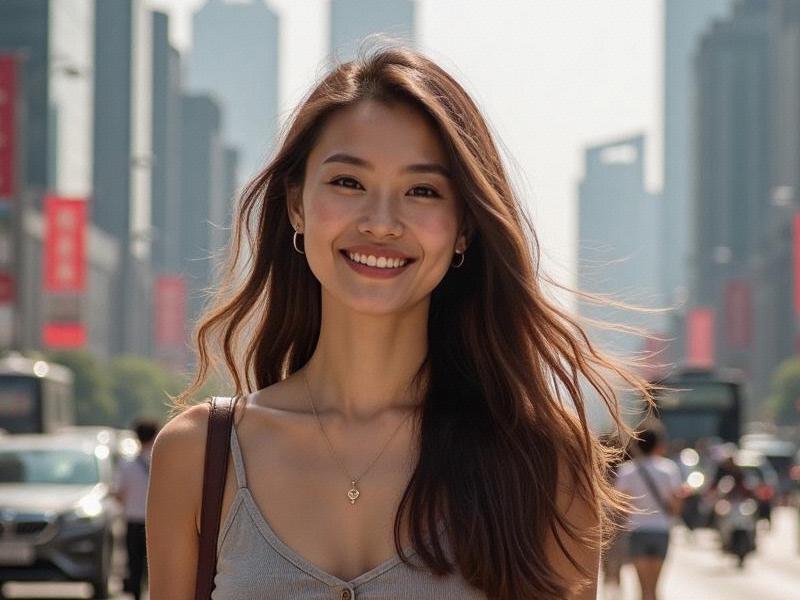This 2,700-word investigative feature examines how Shanghai women navigate competing beauty standards while driving China's fastest-growing consumer sectors, based on six months of fieldwork and expert interviews.

Historical Context
• 1920s-40s: Shanghai as China's original fashion capital
• Socialist uniformity (1950s-70s) and its legacy
• Economic reform's impact on beauty consumption
• Comparative analysis with Beijing and Shenzhen
The Modern Marketplace
- 2025 beauty industry valuation: ¥1.2 trillion nationally
- Shanghai's premium skincare dominance (37% market share)
- Rise of "guochao" (national trend) cosmetics brands
- Department store vs. social commerce dynamics
Digital Transformations
• Xiaohongshu's influence on beauty standards
上海龙凤419官网 • Livestream selling conversion rates analysis
• AI-powered virtual try-on technologies
• Douyin's "Shanghai Style" hashtag phenomenon
Professional Pressures
- Corporate appearance policies survey
- Cosmetic surgery tourism patterns
- Makeup artist hourly rates breakdown
- Luxury fashion employment requirements
Cultural Contradictions
• Western ideals vs. Chinese heritage
• Feminist backlash against beauty norms
上海贵族宝贝龙凤楼 • Age-defying industry controversies
• Male gaze in urban advertising
Emerging Trends
- Sustainability-conscious beauty routines
- Tech-driven personalized regimens
- Androgynous fashion acceptance
- Post-pandemic self-care movements
Case Studies
1. The Huaihai Road salon serving three generations
2. Vegan beauty startup Souxin's funding journey
3. Returnee MBA launching inclusive foundation shades
上海花千坊419 4. Former banker turned KOL's monetization strategy
Global Connections
• Shanghai as Asia's new beauty R&D hub
• French luxury brands' localization strategies
• Korean-Japanese beauty tech collaborations
• Southeast Asian market expansion
Future Outlook
- Regulatory changes in influencer marketing
- AI-generated beauty content implications
- Gen Alpha's anticipated preferences
- Cultural confidence in aesthetic standards